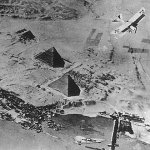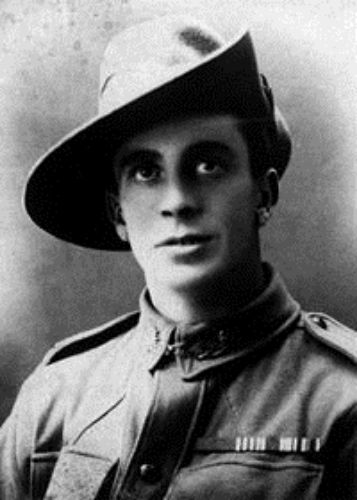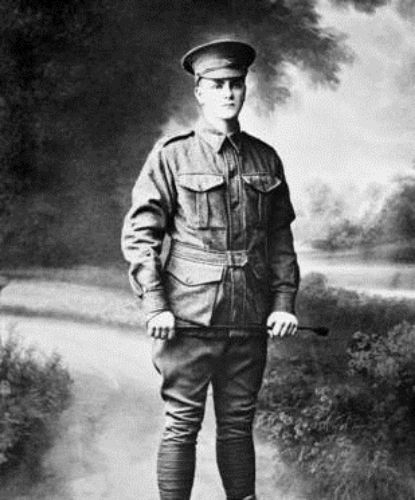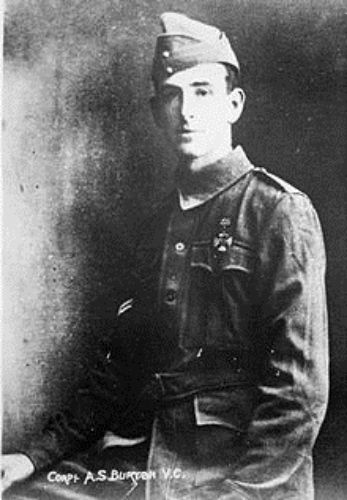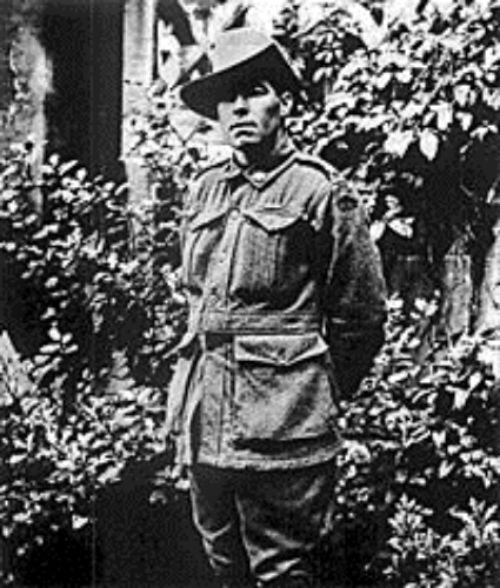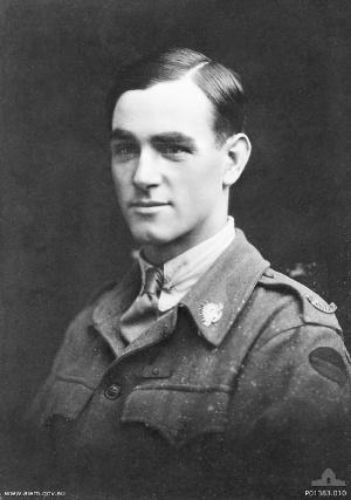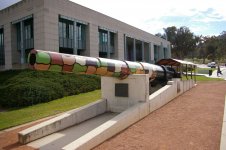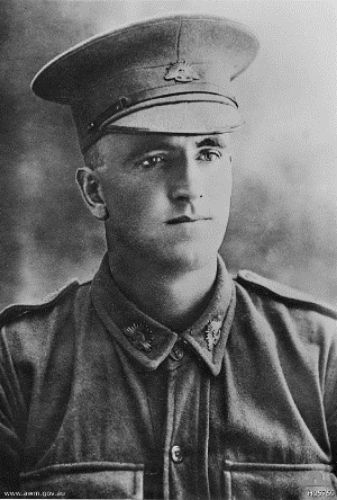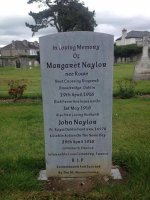waynepoo
Colonel
- Joined
- Jan 3, 2012
- Messages
- 9,729
Victoria Cross laureate of the first A.I.F.
Lt. Alfred Edward Gabey, VC. 28th Battalion. (posthumous)
''For most conspicuous bravery and dash in attack, 8 August 1918 at Villers-Bretonneux.
When on reaching a wire in front of an enemy trench, strong opposition was encountered.
The advance was at once checked the enemy being in force about 40 yards beyond the
wire, and commanding the gap with machine-guns and rifles. Lt. Gabey found another gap
in the wire, and, single handed, approached the strong point while machine-guns and rifles
were still being fired from it. Running along the parapet, still alone, and at point blank range,
he emptied his revolver into the garrison, drove the crews from their guns, and compelled
the surrender of 50 of the enemy with four machine-guns. He then quickly reorganized his
men, and lead them on to his final objective, which he captured and consolidated. Three days
later, during an attack, this officer again led his company with great dash to the objective. The
enemy brought heavy rifle and machine-gun fire to bear upon the line, but in face of this heavy
fire Lt. Gabey walked along his line of posts, encouraging his men to quickly consolidate. While
engaged on this duty he was killed by an enemy sniper.''
Wayne.
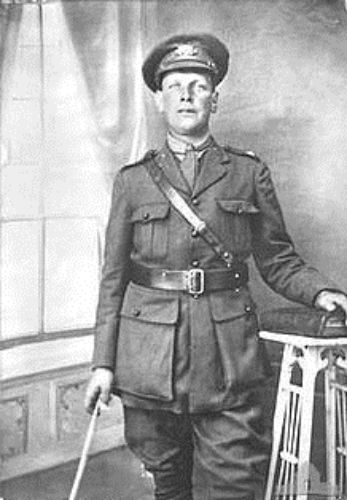
Lt. Alfred Edward Gabey, VC. 28th Battalion. (posthumous)
''For most conspicuous bravery and dash in attack, 8 August 1918 at Villers-Bretonneux.
When on reaching a wire in front of an enemy trench, strong opposition was encountered.
The advance was at once checked the enemy being in force about 40 yards beyond the
wire, and commanding the gap with machine-guns and rifles. Lt. Gabey found another gap
in the wire, and, single handed, approached the strong point while machine-guns and rifles
were still being fired from it. Running along the parapet, still alone, and at point blank range,
he emptied his revolver into the garrison, drove the crews from their guns, and compelled
the surrender of 50 of the enemy with four machine-guns. He then quickly reorganized his
men, and lead them on to his final objective, which he captured and consolidated. Three days
later, during an attack, this officer again led his company with great dash to the objective. The
enemy brought heavy rifle and machine-gun fire to bear upon the line, but in face of this heavy
fire Lt. Gabey walked along his line of posts, encouraging his men to quickly consolidate. While
engaged on this duty he was killed by an enemy sniper.''
Wayne.



